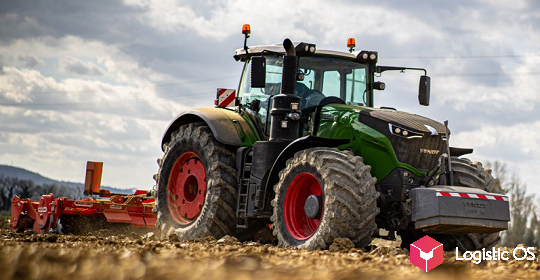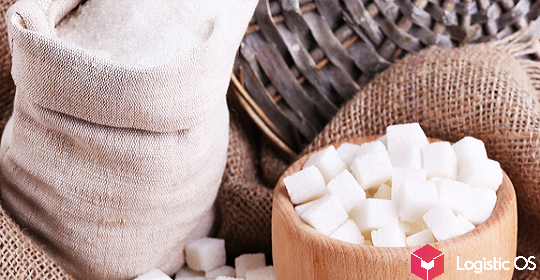Insufficient water in Krasnodar reservoirs may become a factor that can negatively affect rice production volumes
Currently, Russian rice growers are actively preparing for spring sowing.
The exact start date has not been determined: sowing should not begin until the soil warms up to about 13 degrees.
At the same time, rice farms mostly have everything necessary for sowing, including seeds, fertilizers, equipment and plant protection products.
The main problem that may affect the rice harvest this year is the risk of water shortage.
For example, usually by the start of sowing, the Krasnodar reservoir was filled with 1.8 billion cubic meters of water, and at the beginning of March — 1.5 billion. But today it is less than 900 million cubic meters, which is almost half as much as it should be according to the norm.
If the reservoir does not fill up significantly in the next month, there is a high risk that rice crops will inevitably be adjusted downwards, experts warn.
At the same time, the probability that the water will reach the required levels is quite low.
Initially, it was planned that about 120 thousand hectares would be planted with rice this year, which is 2 thousand more than last year.
But the difficult water situation, naturally, can adjust these plans: the area can be reduced to 110-1154 thousand hectares, experts believe.
In any case, rice growers have already received recommendations to refuse to sow rice on high ground that is usually flooded with water, but this is far from guaranteed this season. Instead, other crops will most likely be sown on such areas.
Another problem that may affect rice growers is the lack of sufficient quantities of high-quality herbicides used to control weeds.
This forces agricultural producers to use higher doses of herbicides than recommended, which may ultimately have a negative impact on the ecological situation in the rice growing area.
In addition, the yield from such use of herbicides may decrease by 5-10 centners per hectare.
Finally, farmers complain about the lack of personnel in the industry. For example, one irrigator per 200-300 hectares, while the standard is 60 hectares.
This is also a risk that may cause a decrease in the rice harvest in the foreseeable future if urgent and effective measures are not taken.

